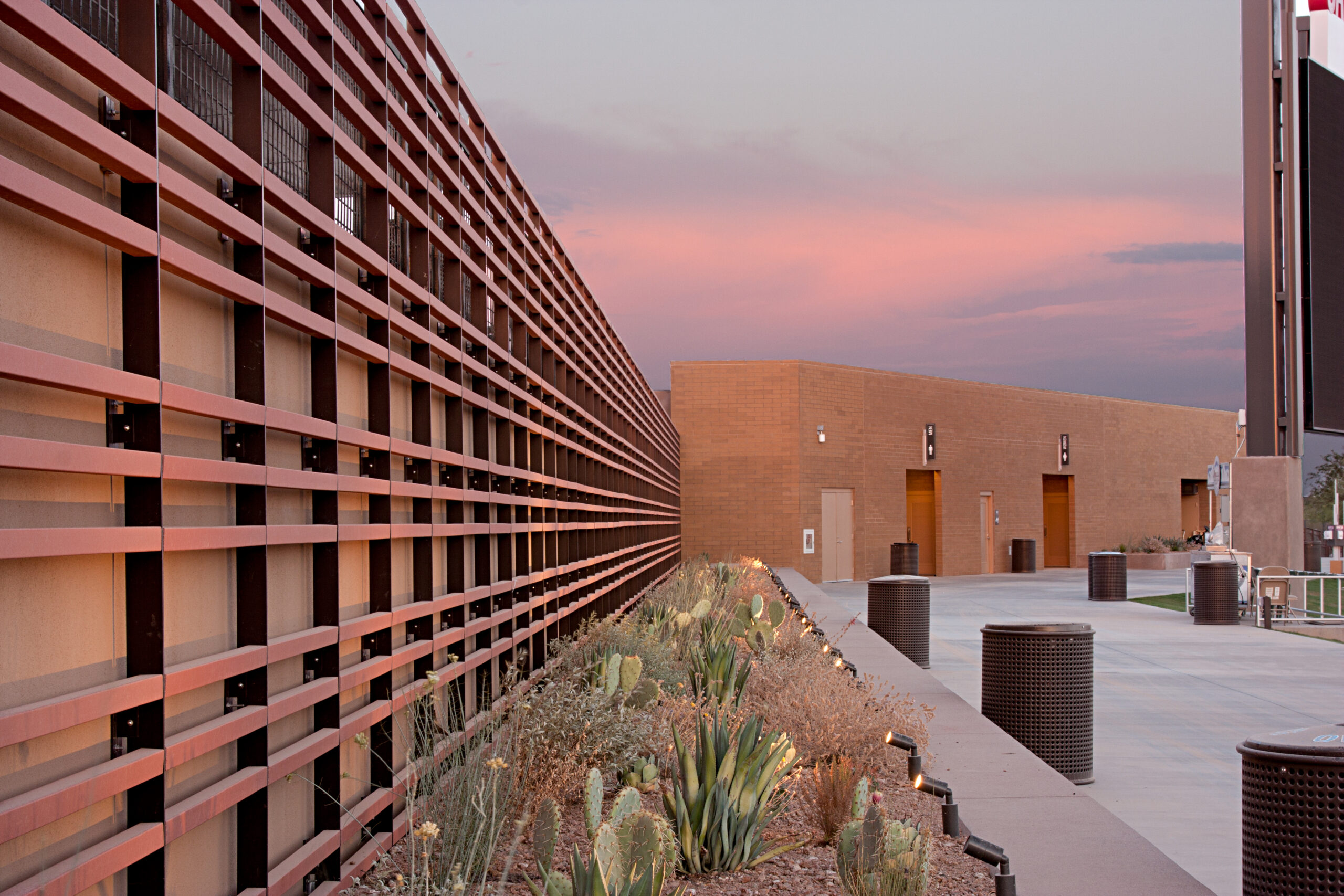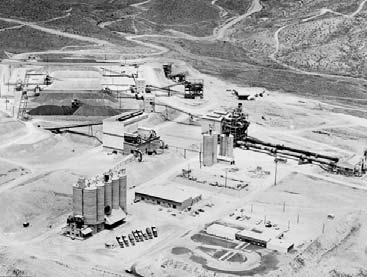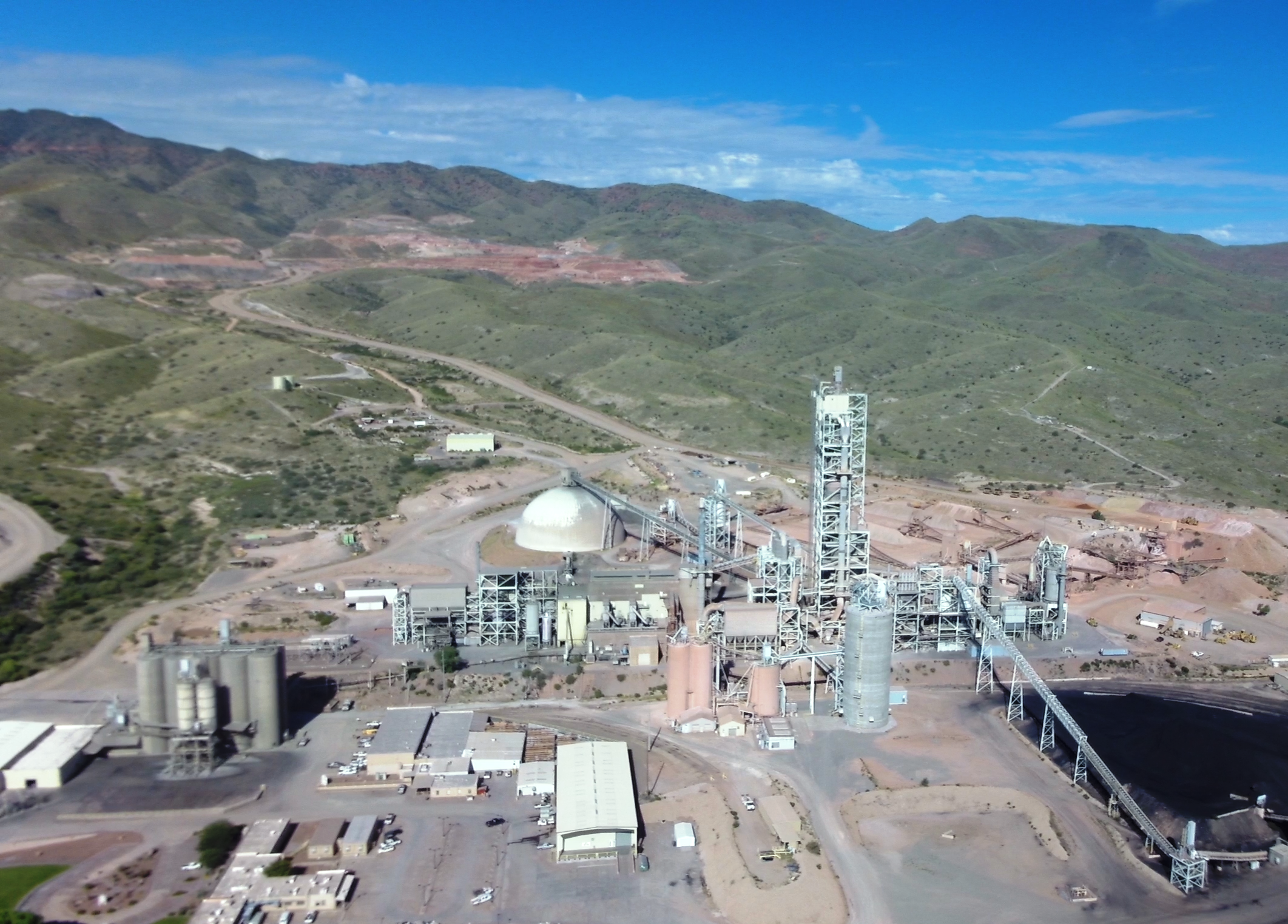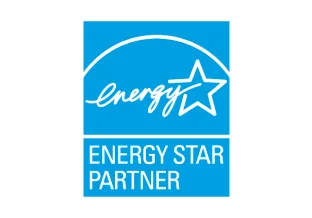Company
Sustainability
SRMG takes pride in its commitment to environmental stewardship and maintains an active environmental program designed to monitor and manage environmental matters throughout the company.

Our environmental team includes not only the environmental department staff, but each person in the company. The support and participation of our employees not only helps us maintain our compliance with all environmental regulations and but has resulted in a proactive approach resulting in quantifiable environmental successes. Education of SRMG employees is accomplished in part by an employee pollution prevention training program which includes both initial training and periodical updates. Initial training is being provided to staff in conjunction with the annual MSHA refresher training and will ultimately contain training specific to the each of the cement, aggregates, and fly ash facilities.
As our environmental awareness continues to evolve it more directly influences our personal and professional lives. This phenomenon is very evident at the SRMG facilities; in support of our Value Statement “Profitability The Right Way . . . Integrity, Accountability, Excellence,” environmental considerations influence our design and construction of new facilities, modify the manner in which we conduct our routine operations, and are a key component in our planning for the future.


One example of our continuing environmental efforts can be seen in our successful modernization of the Clarkdale facility. Plant modifications resulted in increased production capacity of approximately 42% and at the same time air emissions per ton of cement produced, of particulates, carbon monoxide (CO), nitrous oxides (NOx), and sulfur dioxide (SO2) were reduced by an average of approximately 76% and only one constituent, volatile organic compounds (VOCs), increased slightly by approximately 3%. Carbon dioxide (CO2) emissions, often associated with global warming, have decreased by 15% per ton of clinker, and by 28% per ton of cementitious product from our 1990 levels. These reductions for CO2 already exceed the targets established by SRMG as a goal for the year 2020.
In addition to air quality management, monitoring and permitting activities, SRMG environmental programs address storm water, potential oil spills, and waste management at the cement plant, aggregates and fly ash facilities.
Some examples of our recent environmental successes include:
- Recycling of used grinding media has been significantly increased with a concurrent decrease in total consumption of mill balls and liners and hammers and impact blocks at the secondary crusher.
- Power consumption (electric power and fossil fuels) has been substantially reduced for raw milling, crushing, kiln operation, and finish milling,
- Potentially hazardous anti-scalent products and parts cleaners have been eliminated or replaced by nonhazardous products.
- Generation of petroleum contaminated soils (PCS) has been reduced by approximately 50%.
- Development and implementation of environmental compliance software is nearing completion at the Clarkdale plant. This computer-based system will help us monitor regulatory requirements and meet the multitude of reporting requirements. Following successful implementation at Clarkdale, this system can be expanded to support all of the SRMG facility’s environmental needs.
- The Phoenix Cement Plant features energy efficient roller mills for coal, raw meal, and finish cement grinding. The vertical roller mill for finish grinding was the first such mill to be installed in the U.S. An energy efficient preheater/precalciner kiln and clinker cooler captures and uses more waste heat in the pyroprocessing system, while the raw feed sweetening and blending systems have been upgraded to improve overall process efficiency.
- SRMG continues to pursue energy savings through training events conducted to improve employee awareness of energy efficiency at work and at home and by reviewing all projects under design for energy efficiency. In addition, SRMG has optimized operating procedures to reduce energy consumption, installs only high-efficiency replacement motors and lighting, and has upgraded existing lighting and compressed air systems with energy efficient equipment. Along with significant energy savings, these improvements allow the plant to reduce emissions and water consumption.
SRMG employees play a key role in the identification and reporting of environmental issues and bringing those issues to the attention of management and environmental staff who are responsible for addressing environmental matters. The company is committed to the proper resolution of all environmental issues and when necessary employs outside expertise from outside consultants and regulatory agencies. SRMG facilities are routinely reviewed for compliance with all applicable environmental requirements and will continue to comply with all current and future environmental laws.

The SRMG Clarkdale Cement Plant received its first U.S Environmental Protection Agency (EPA) ENERGY STAR® label in 2007 and has labeled every year thereafter. This signifies that the facility performs in the top quartile of all other cement manufacturing facilities nationwide for energy efficiency and meets strict energy efficiency performance levels set by EPA.

Modern society has been shaped by cement and concrete.
These materials are used throughout our daily lives to build the world around us. Our roadways, homes, schools, communities, and cities have all been shaped by cement and concrete. Cement and concrete are an important part of shaping our future as well. From mitigating the effects of climate change to providing long-lasting, durable infrastructure, to contributing to a robust economy, cement and concrete play a key role in creating a more sustainable and resilient world.